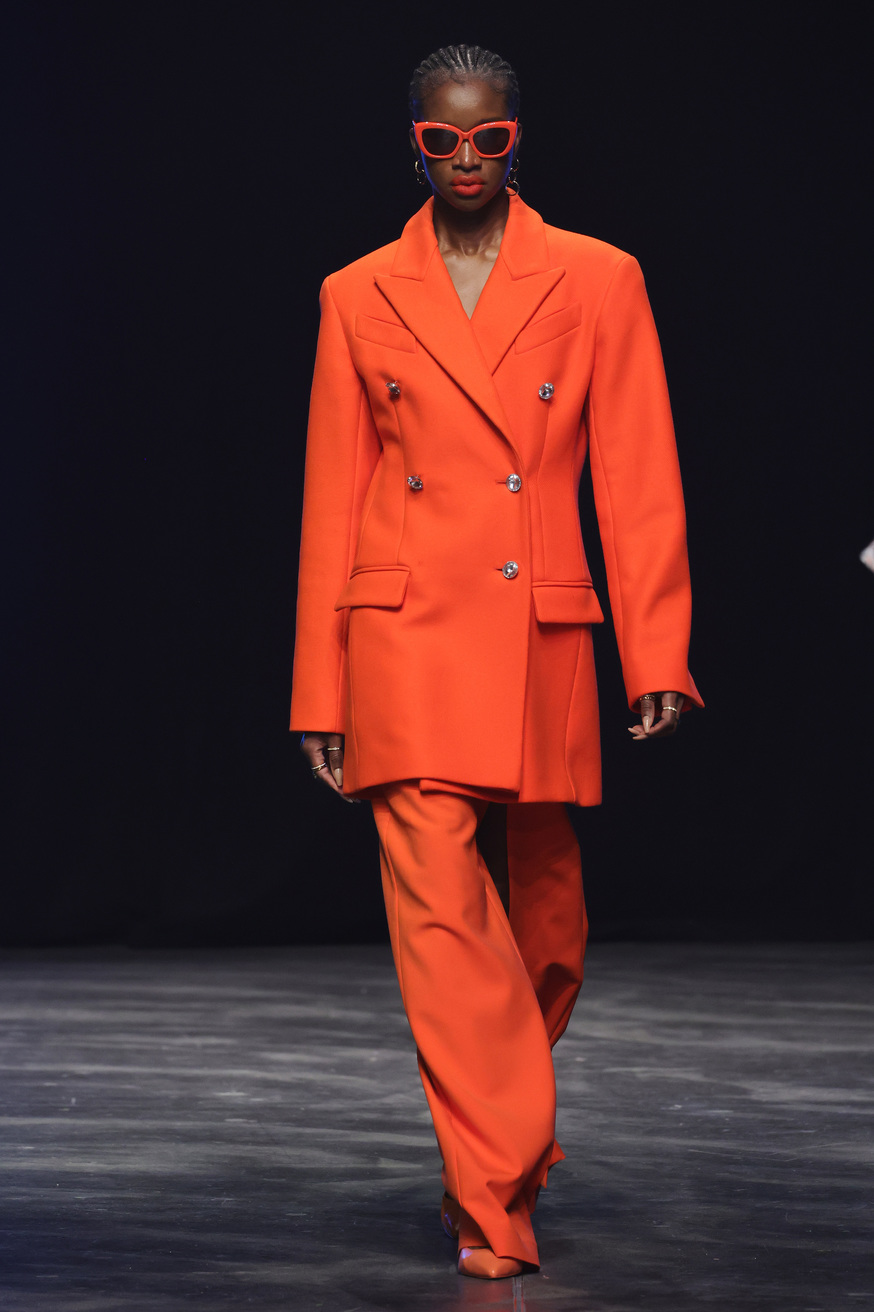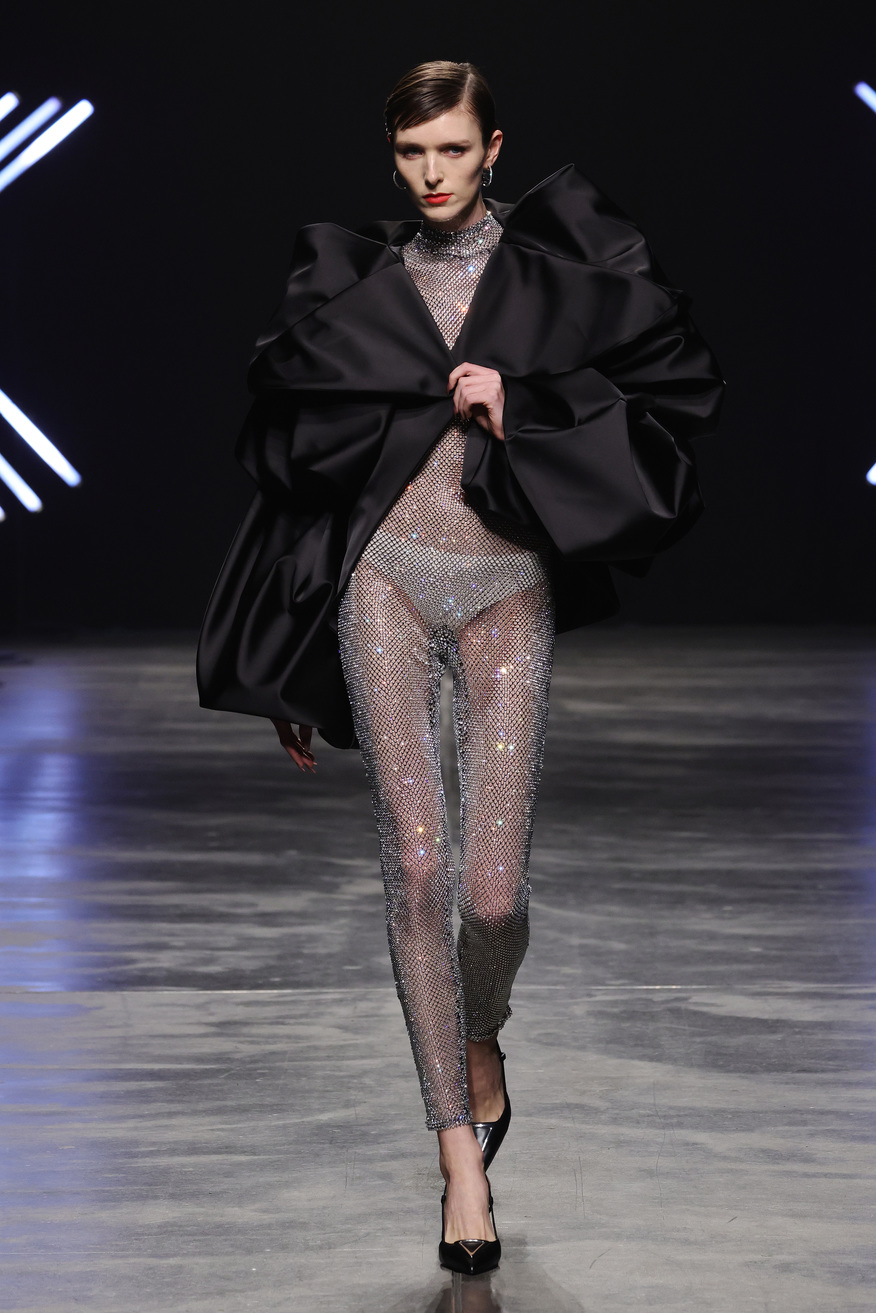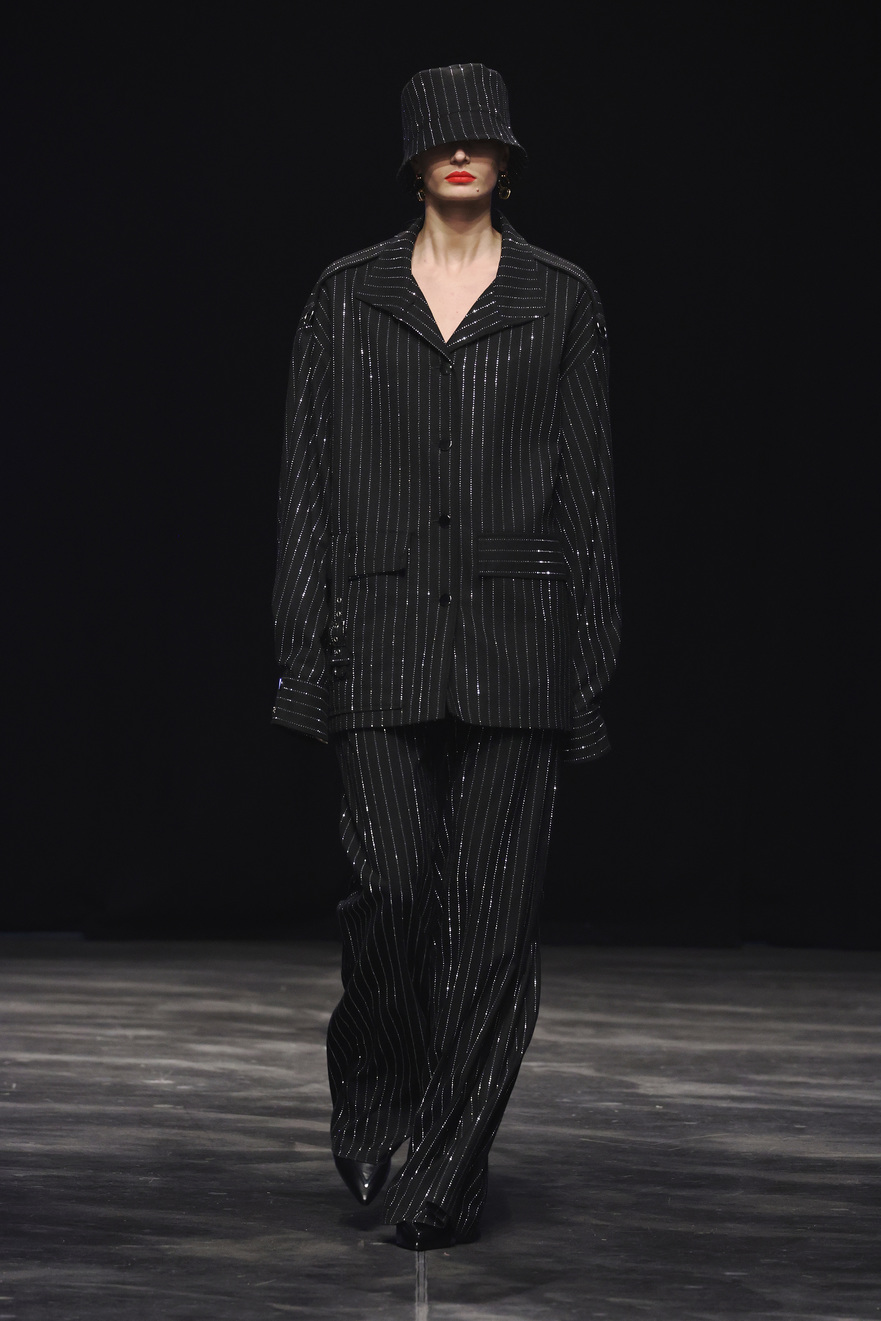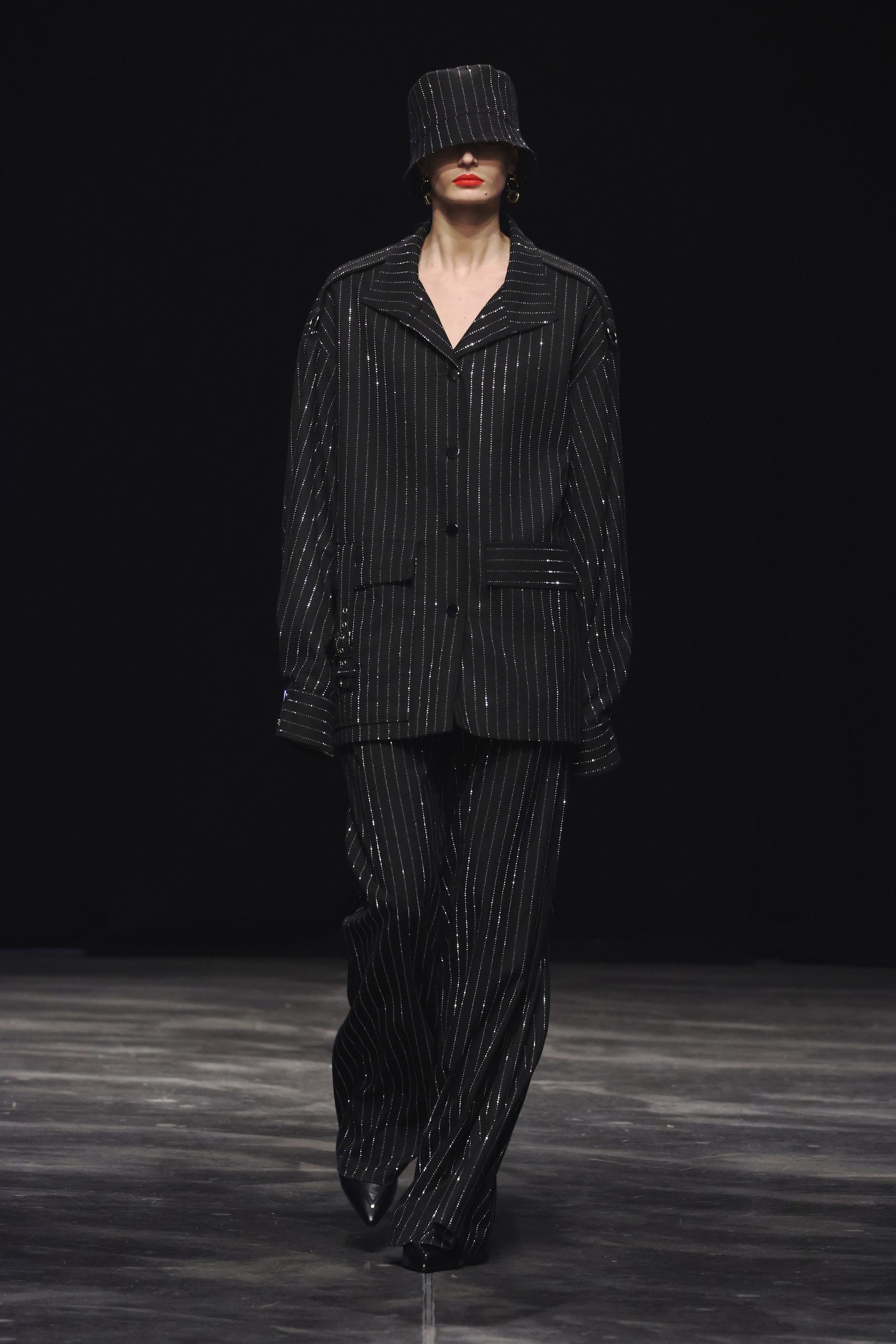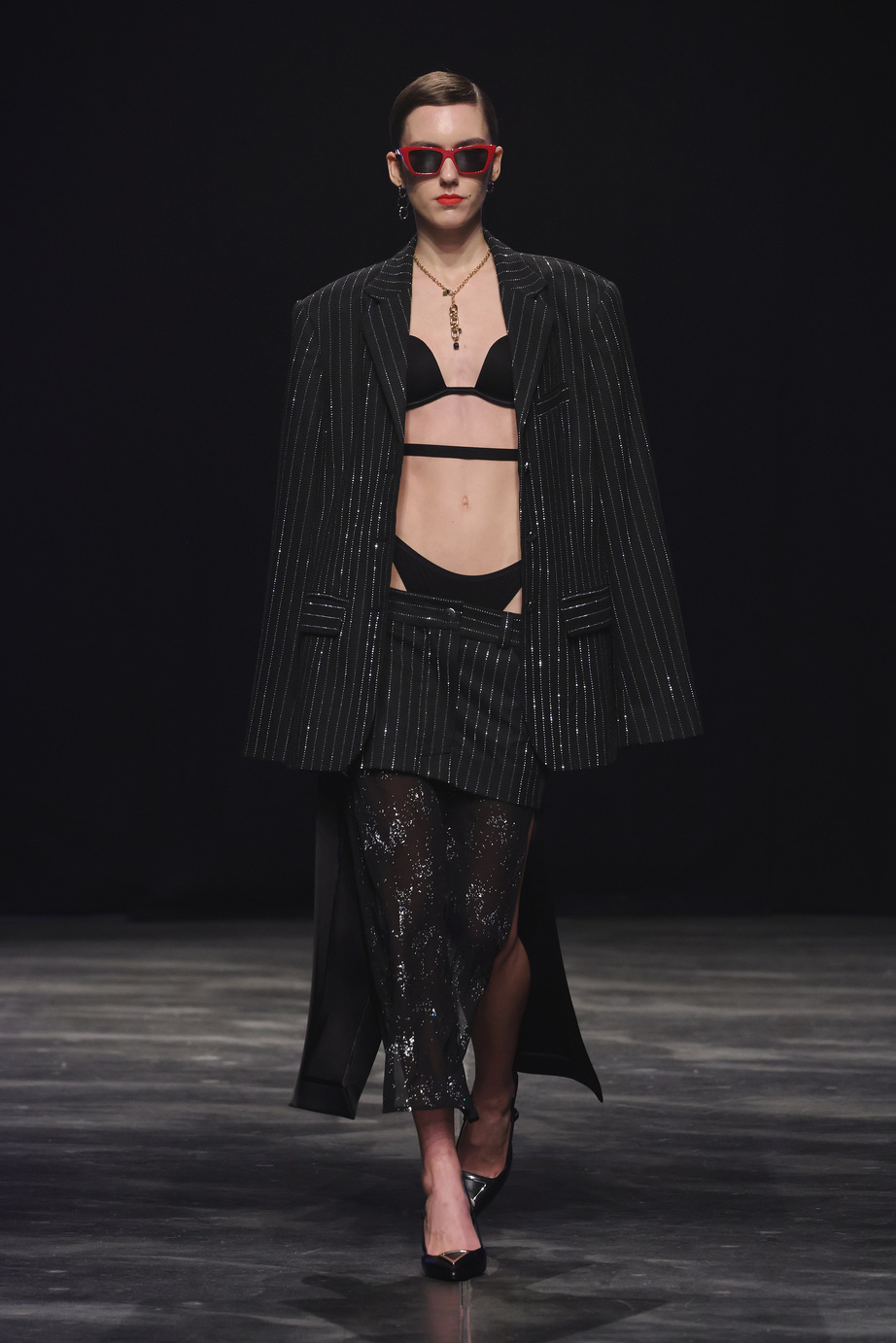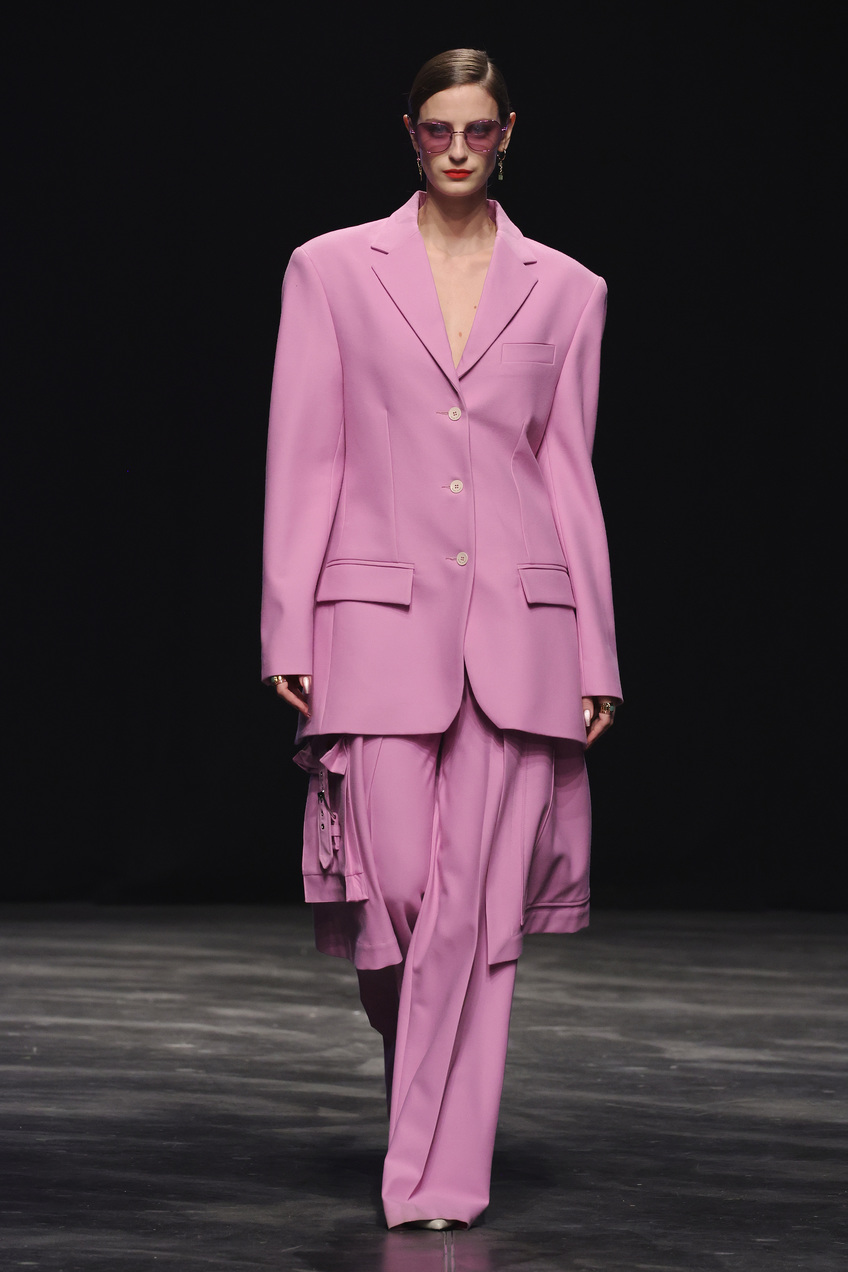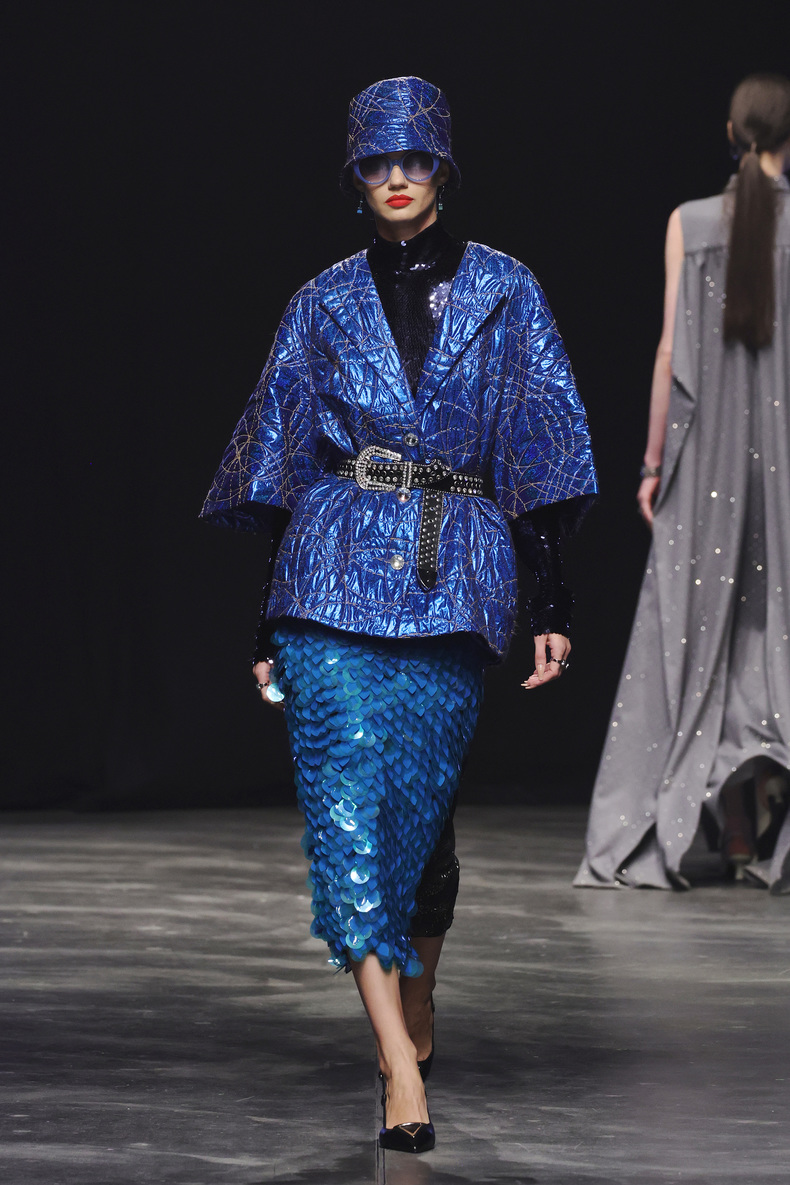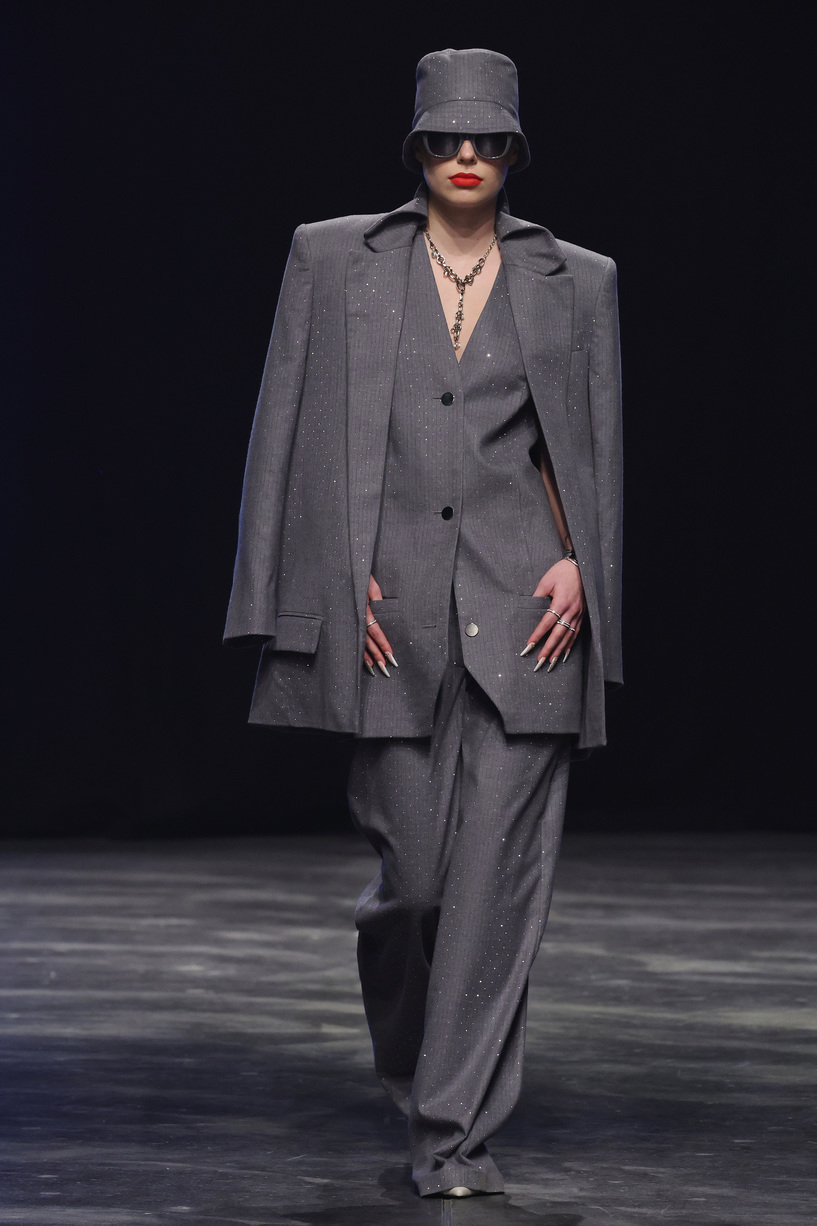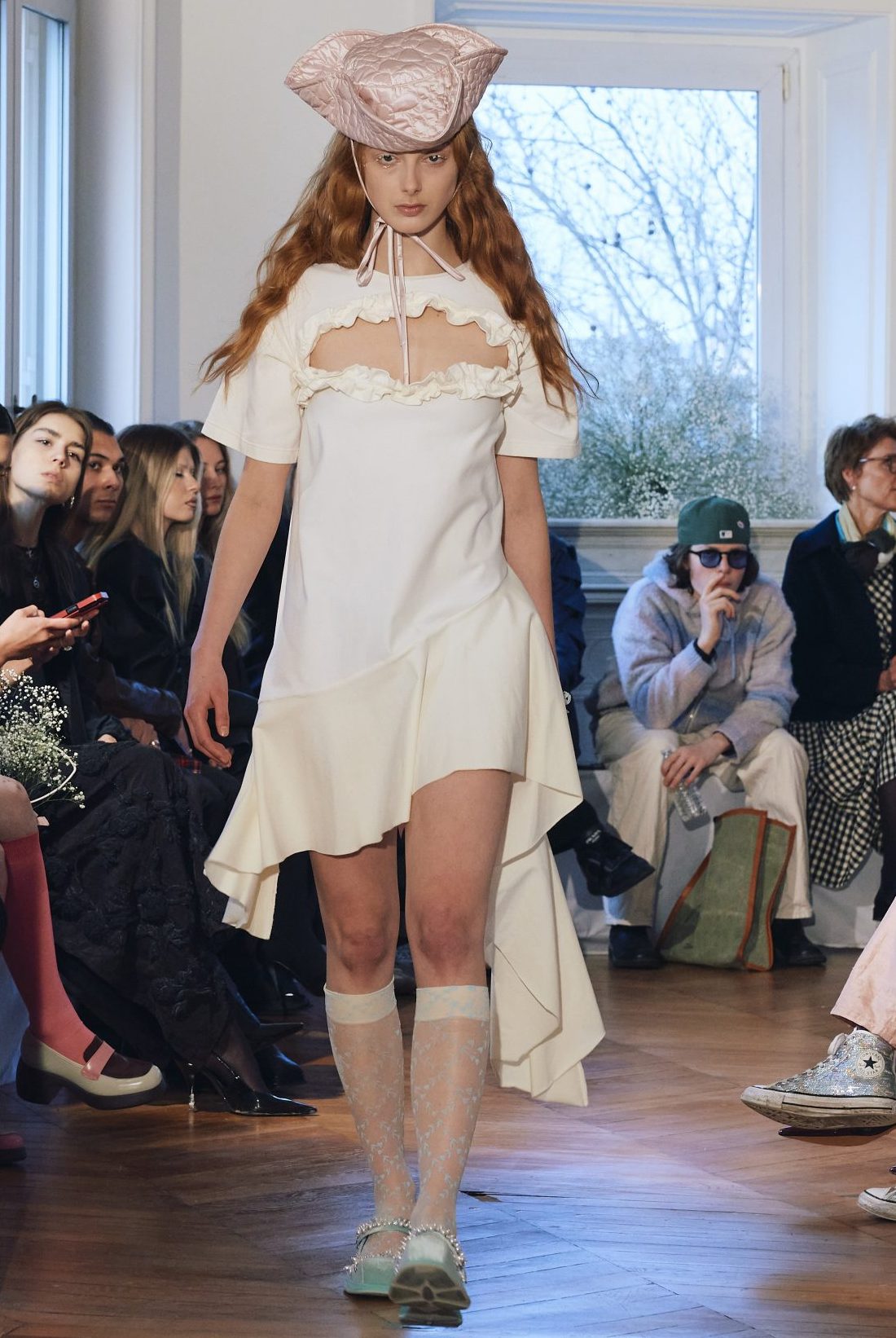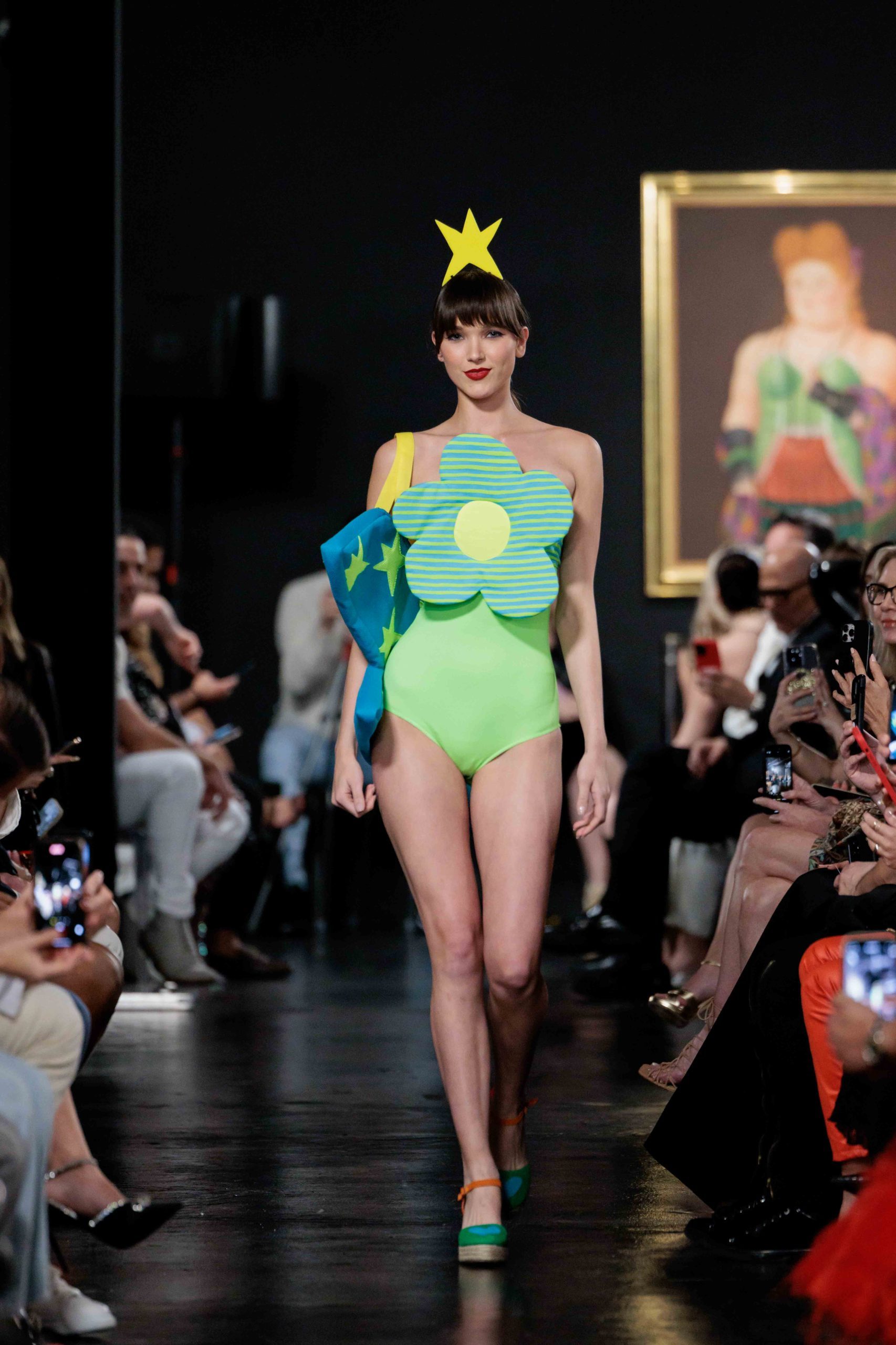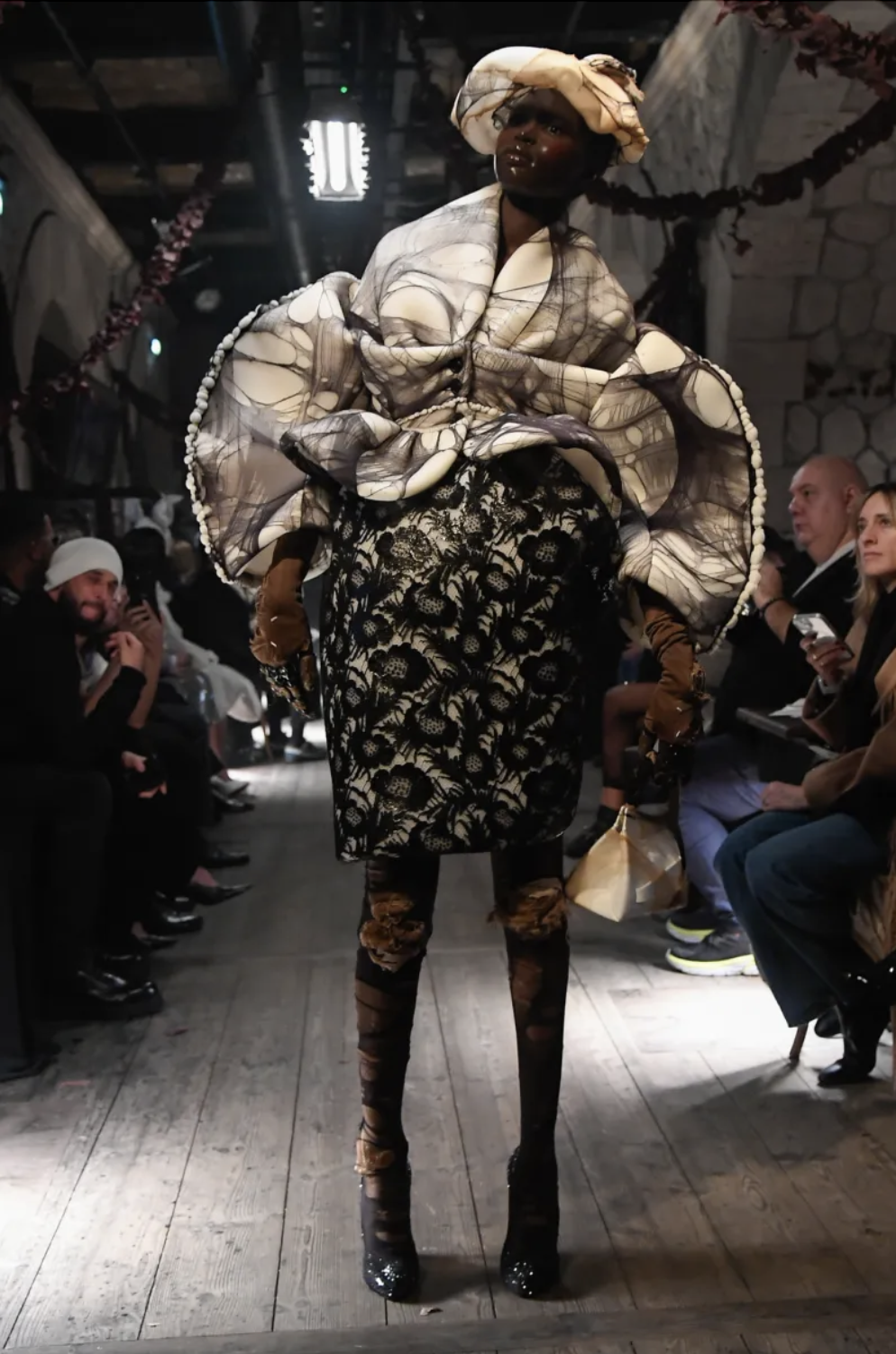Berlin’s Fashion Week Evolution
Berlin Fashion Week was this big four-day event focused on celebrating fashion with a focus on being free, welcoming; and original. It was an enormous success, getting everyone’s attention from both in Berlin and around the world. Like how wonderful it made fashion look in Berlin, both for the city’s economy and its culture.
Franziska Giffey, who works on the city’s business, energy; and public services, was really pleased. More than 20,000 people came from all sorts of places on earth. She said Berlin was getting pretty famous for being a hot spot of creativity because it has a mix of talented people and interesting stories. Compared to last year, this February brought more energy, signaling that the event was getting it right and gaining confidence.
What really mattered at Berlin Fashion Week were the fashion collections and the way they were presented; they did a good job of showing off all the different ideas and making sure different kinds of people were represented; they used wonderful places around the city—like an old store in Neukölln or the famous Bode Museum—to display a whole range of styles that are typical in Berlin and are wonderful because of their historical value; there were 18 different fashion shows all thanking generous financial supporters for their help, and the fashion designs blew people’s minds with how creative and beautifully made they were; the designers explored deep topics using fashion, things like coping with tough things, daydreaming about a getaway, and caring for the environment. It wasn’t all serious, though—there were also fun moments for people to enjoy.
They also had a new thing at Fashion Week called Intervention, put together by Reference Studios. It was focused on bringing together fashion and art in a cutting-edge program. It fit right into the fashion week tenor and got professionals and visitors from everywhere really jazzed to be there.
Aside from the star attractions, there were other indie events adding more color to the whole festival thing, like Der Berliner Salon presenting a large amount of amazing German design and skillful work. Christiane Arp picked out 39 really promising creative types for an exhibit that basically shined a bigger spotlight on all the incredible new talent in Berlin.
Then there were side events around the city, from pop-up shops focused on eco-friendliness to cool ‘invitation-only’ meals and meeting the media; these gave even more chances to dive into Berlin’s extremely lively fashion whirlwind. Both local outfits and mega-companies were eager to soak up some of that fresh, imaginative tenor in Berlin, attracting people usually not into the usual fashion crowd.
Putting it simply, Berlin Fashion Week wasn’t just this festivity of wonderful fashion and innovation. It also served to spread real positive messages about being inclusive, caring for the planet, and everyone working together, making Berlin stand out as a key rung on the worldwide fashion ladder–but in its own special Berlin way.




